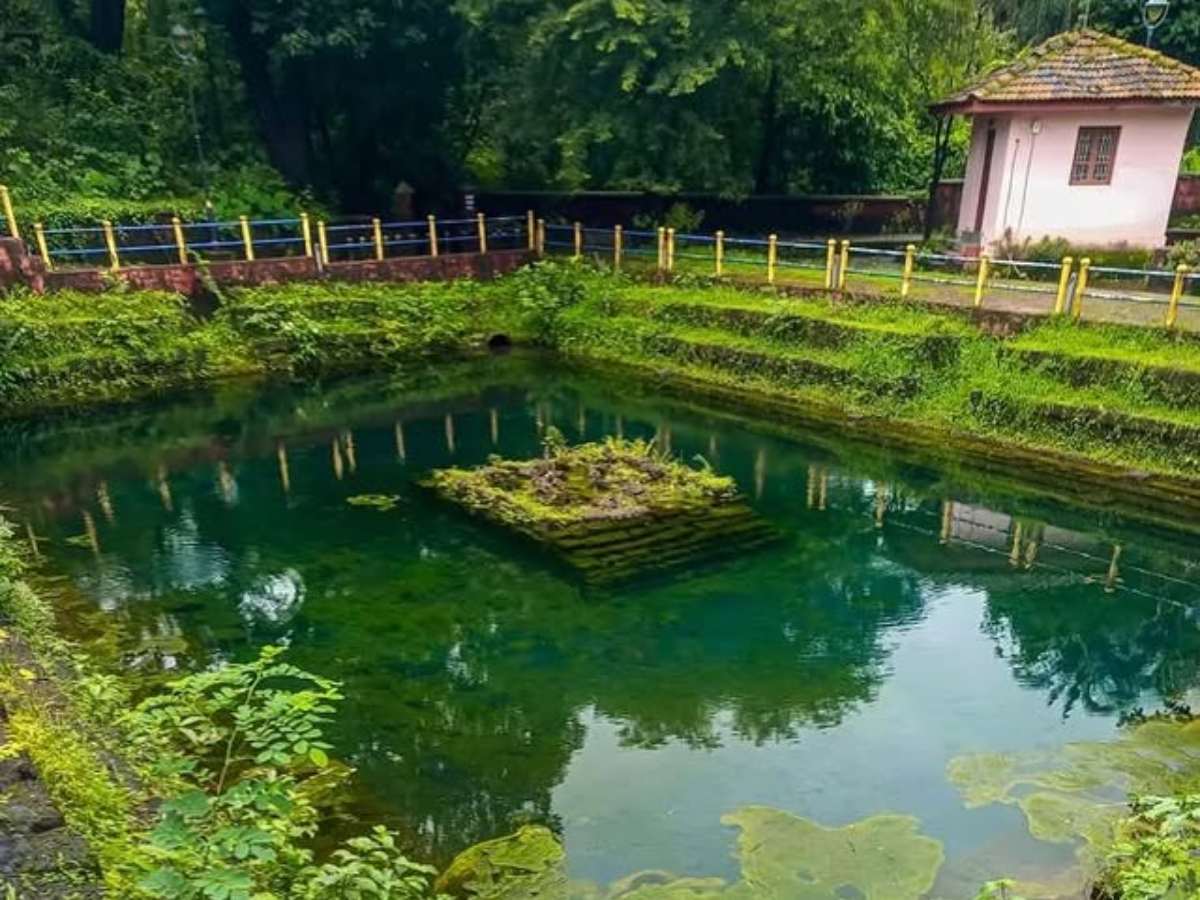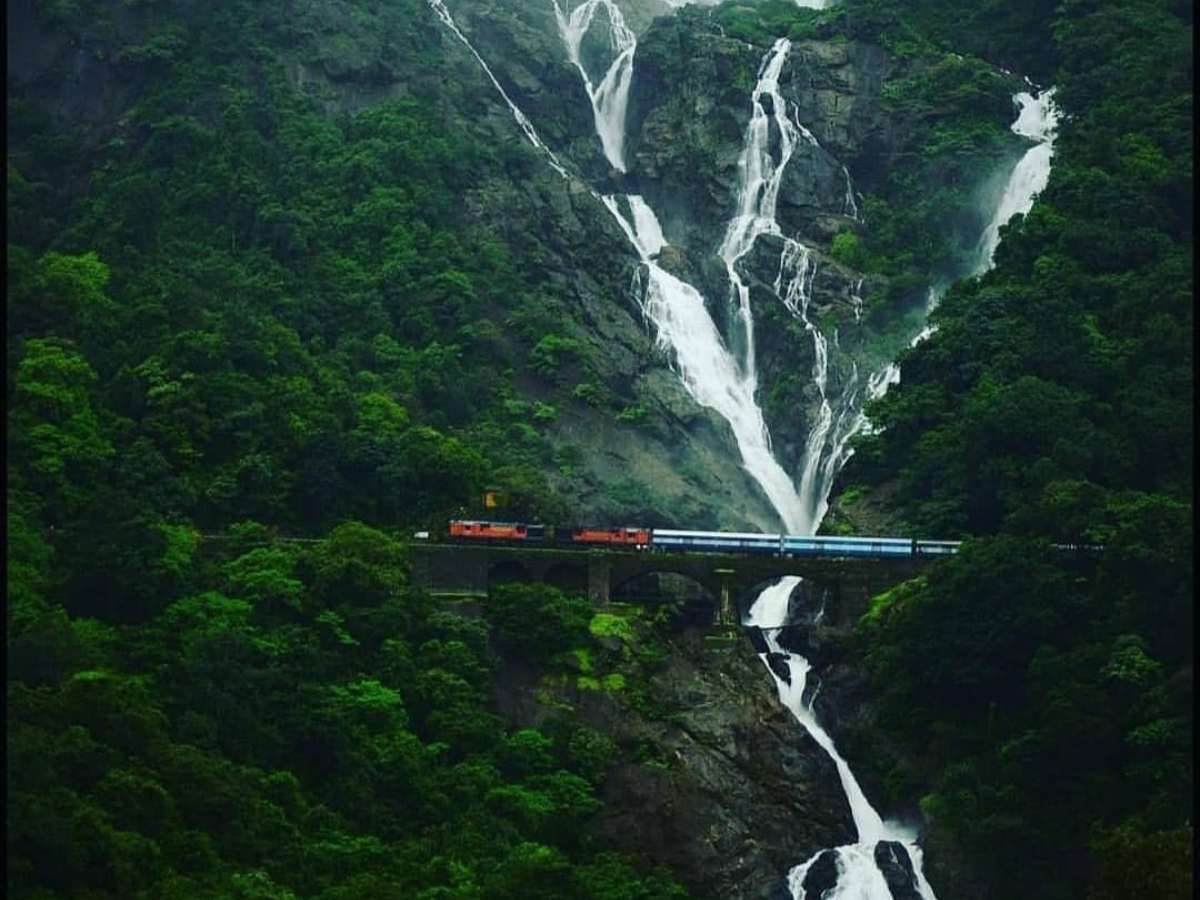Explore The 5 Most Unusual Natural Phenomena Around Goa
Goa is acknowledged as the ‘Pearl of the Orient’ because of its stunning beaches, rich culture, and captivating nightlife. However, alongside their vibrant markets, Goa City and its neighboring areas provide some of the most astonishing and bewildering natural spectacles that have always gone unnoticed by the tourists. In all its splendid glory, India is full of mystifying wonders, and these manifestations serve as a perfect example. Below are the top two phenomena of nature that can actually be witnessed nearby Goa city.
1. Glowing Beaches
The glory of glowing waves is one of the most magnificent beaches Goa has. Bioluminescence refers to organisms emitting or reflecting light. The dinoflagellates are a type of plankton responsible for the glowing waves. If you are looking forward to witnessing the glowing beaches, don’t forget to pay a visit to Ashwen and Morjim beaches during the monsoon season. Waves radiate a celestial light and are the most glorious on pitch dark evenings devoid of Moon. The entire scene can feel like the mark of a fairy tale and is above all suspense and enchanting wonders.
2.The Netravali Bubble Lake

Located in the Netravali Wildlife Sanctuary, the Bubble Lake, often called the “Bubbling Lake,” is an eye-catching natural phenomenon that has left both scientists and visitors scratching their heads. The lake’s trademark bubbling activity, where bubbles rise to the surface at steady time intervals, is unlike any other. The precise explanation of this phenomenon remains controversial. Some claim it is caused by the release of gas from decaying organic material at the bottom of the lake, while others argue it is caused by geothermal activity taking place underneath. Whatever the reason may be, the Bubble Lake is an idyllic spot that is peaceful and mesmerizing, ideal for someone wanting to seek out unique natural wonders.
The Sal River located in South Goa is classified as one of India’s vanishing rivers. It is unusual in that during the dry season, the river sinks into the earth, completely disappearing until the next season. It leaves behind a barren riverbed filled with sand. The River Sal can be said to symbolize the constituent features of Goa alongside its ever morphing geography.
3. The Floating Stones of Ramnathi Temple
A wondrous occurrence of floating stones can be found near the Ramnathi Temple, which is located in Ponda district. According to local folklore, these stones helped construct the famous Ram Setu (Adam’s Bridge) in the epic known as Ramayana. They are believed to float effortlessly on water. Although scientific reasoning attributes this to the stones’ air trapped within porous material which eventually makes them less dense, the phenomenon continues to besiege tourists and devotees. The temple serves as a peaceful site, and the floating stones remarkably enhance the whole spiritual adventure.
4. Dudhsagar Waterfall – “Sea of Milk”

Dudhsagar Waterfall, among the highest waterfalls in India, is surely mesmerizing to see. During the monsoon season, the waterfall lives up to its name and the sea of milk resemblance is surprisingly stunning. The foamy water appears like a sea of milk while cascading down above 300 meter height. The amazing beauty of the waterfall is enhanced by the greenery around the valley and the misty water spray that soothes the eyes. This makes the visit to the waterfall feel even more refreshing and worth cherishing. The experience is further enriched by the bike trip or trek through the thick forests.
5. Weird Rock Formations: Laterite
The lateritic formations located in Goa stand out because of its unique features. Its red and brown color along with its porous nature makes it different from the rest. They have been traditionally used in construction in the area since they are formed through weathering and leaching over a long period of time. However, they are even more interesting for the so-called phenomenon where they ‘bleed’ out during the rains. The rocks are said to bleed because during the monsoon when rain water reaches the rocks, it filters through the rock chains and pulls out Iron oxide from it. This causes the rocks to look like they’re bleeding out a reddish liquid. This is most seen in places like Netravali and Chandor which are well known for their abundant formations.
Final Thoughts
Goa is not just a tropical paradise, it is a region full of captivating wonders. The bioluminescent beaches and levitating stones that surround Goa city serve as examples of the plethora of astonishing natural occurrences that region has to offer. The strange features not only highlight the wonders of nature’s diversity, but also act as a reminder of the unexplored mysteries yet to be revealed. On your next visit, take a pause from the exquisite beaches and take a peek at the natural marvels scattered throughout Goa- you might just find yourself witnessing magic.
News